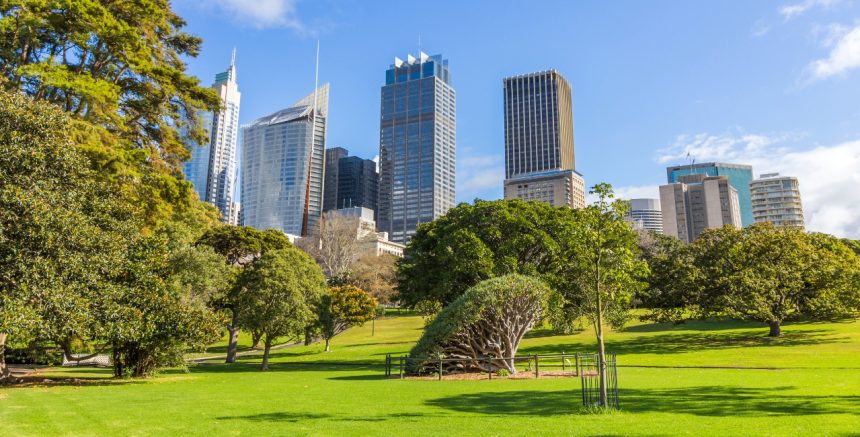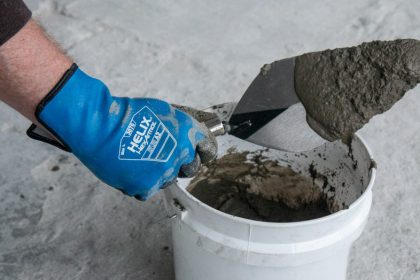The construction of urban greenspaces could become as crucial to protecting our ecosystem as the natural environment.
When you think of saving the planet, most people’s minds turn to preventing deforestation, replanting lost trees, and cleaning up our trash-filled oceans.
However, how we construct our city gardens and suburban parks could significantly impact our ecosystems more than previously thought.
New research by the University of New South Wales Sydney has found that the benefits provided by green space soils and plants are, in many cases, closely comparable to those of the natural environment.
The data published in the journal npj: Urban Sustainability – Nature looked at 23 different soil and plant activities in 56 urban greenspaces and compared them alongside nearby natural environments
Researchers found that many soil and plant activities in urban green spaces were comparable with nearby natural surroundings, and in more than 25 per cent of cases, they were significantly better.
UNSW’s Biological, Earth & Environmental Science expert Dr David Eldridge says his team found that beneath their seemingly lifeless lawns, murky mulch and fanciful flowerbeds, many parks are teaming with benefits in a similar way to our natural reserves.
“When we think of parks and ovals, we generally think they’re reclaimed drainage areas, or they’re old rubbish dumps that have got some topsoil put on them,” he said.
“Often they are areas that aren’t much good for anything else, and we say let’s turn them into a park, an oval, a golf course, or something like that.”
“But in fact, when you look at the soils, you find that soils are in good condition. They’re pretty functionally similar, in most respects, to natural systems.”
The researchers looked at 23 ways the soil and plants from each greenspace interacted with the surrounding ecosystem, such as water retention, carbon capture, nutrient recycling, and pathogen control.
Their findings showed that soil and plant matter in greenspaces were universally ahead regarding available phosphorus, water holding capacity, water respiration, plant cover, nutrient capturing and arachnid diversity.
Dr Eldrige says the discovery is great news for our non-plant species, too, with greater respiration measures in greenspace soils showing they were full of life.
“That means that there are more bugs in the soil that are respiring, they’re breathing, and that’s a measure of microbial activity that all life depends on,” he said.
“When you look at all of these measures of function that we normally think about in soil – how stable the soil is, how the water is regulated, water infiltration, nutrients, plant symbiosis, decomposition making nutrients available to plants – mostly, green spaces aren’t that different to natural systems.”
Urban greenspace can help save our environment
While the social well-being and mental health benefits of providing cities and urban zones with plenty of green areas have long been known, the latest information could lead to a greater appreciation of greenspaces.
Dr Eldrige says the study could even become a game changer in how urban planners, architects, and designers construct our greenspaces going forward to maximise these new benefits, which can even reduce common allergies and improve physical health.
“We should think of them as the lungs of the city,” he argues.
“Every time we put concrete over soil or construct pathways through our parks and natural spaces, we’re making it more and more difficult for water to get into the soil. This gives us more runoff, often taking pollutants out to the sea.”
“But in fact, what these parks are doing is that they’re providing a place where we can get water into the soil where we can stop that water running off into the sea, taking all the litter, plastic and crap with it. I think drainage and water management is an underestimated service that our parks are providing.”





